Although this is an epoch-making model that uses a light-powered cell as the energy source for the watch, the design is carefully packaged without excessive emphasis or decoration. Presumably, due to the technological limitations of the time, it was impossible to hide the solar cell, so the designers took a reverse approach and incorporated it boldly into the dial design. The exposed solar cell itself becomes an attractive feature. While the bezel adds an accent at the 12 and 6 o’clock positions, the case is kept to subtle adjustments—such as the connection with the band and the angle of the lugs—so that the dial stands out even more. Designers are sometimes compared to chefs, and this is a fine example of making the most of a challenging ingredient. In that sense, the approach is somewhat reminiscent of Japanese cuisine, which values the natural qualities of the ingredients.
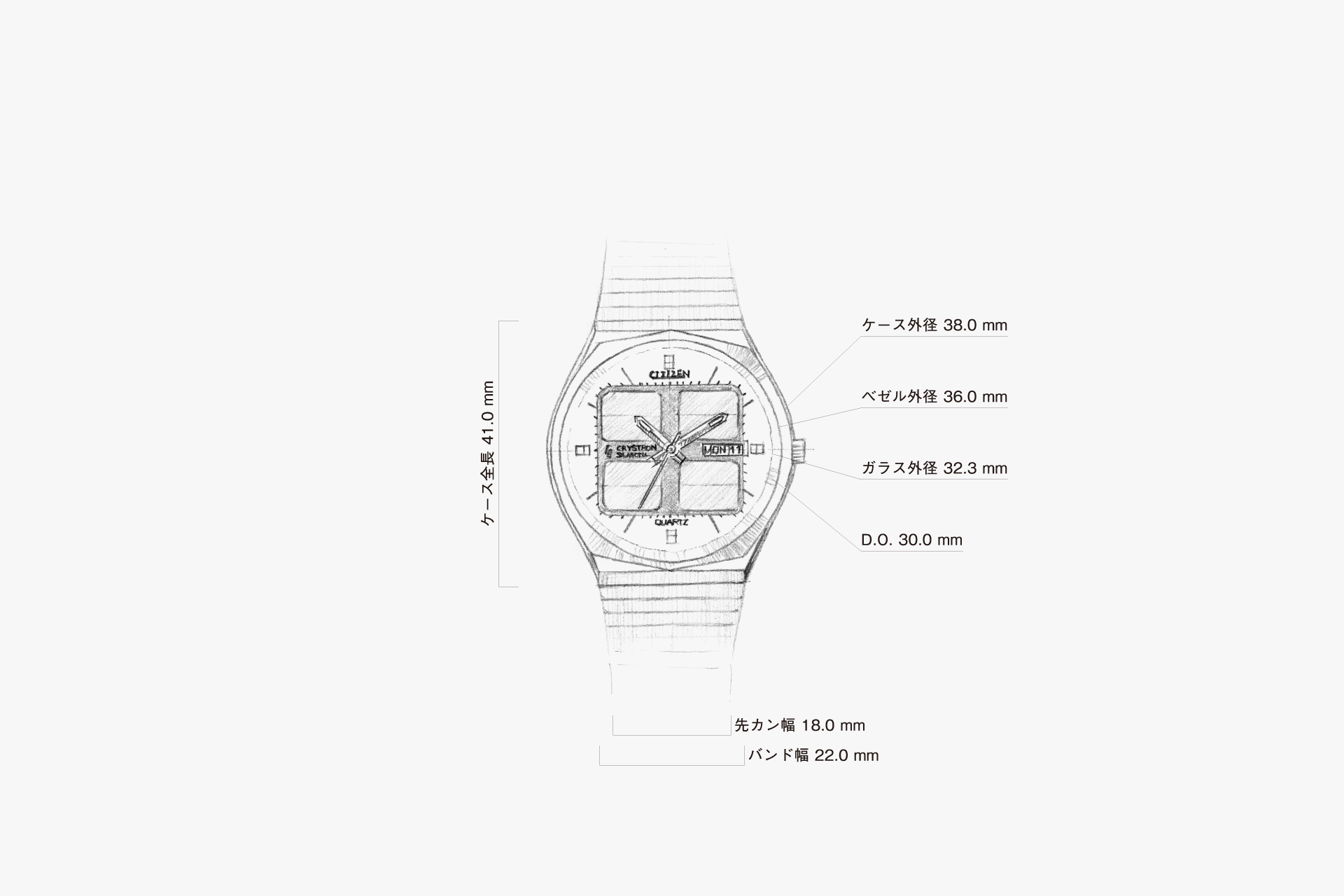
First, your attention is immediately drawn to the boldly exposed solar cell. The case and band are designed to highlight the dial.
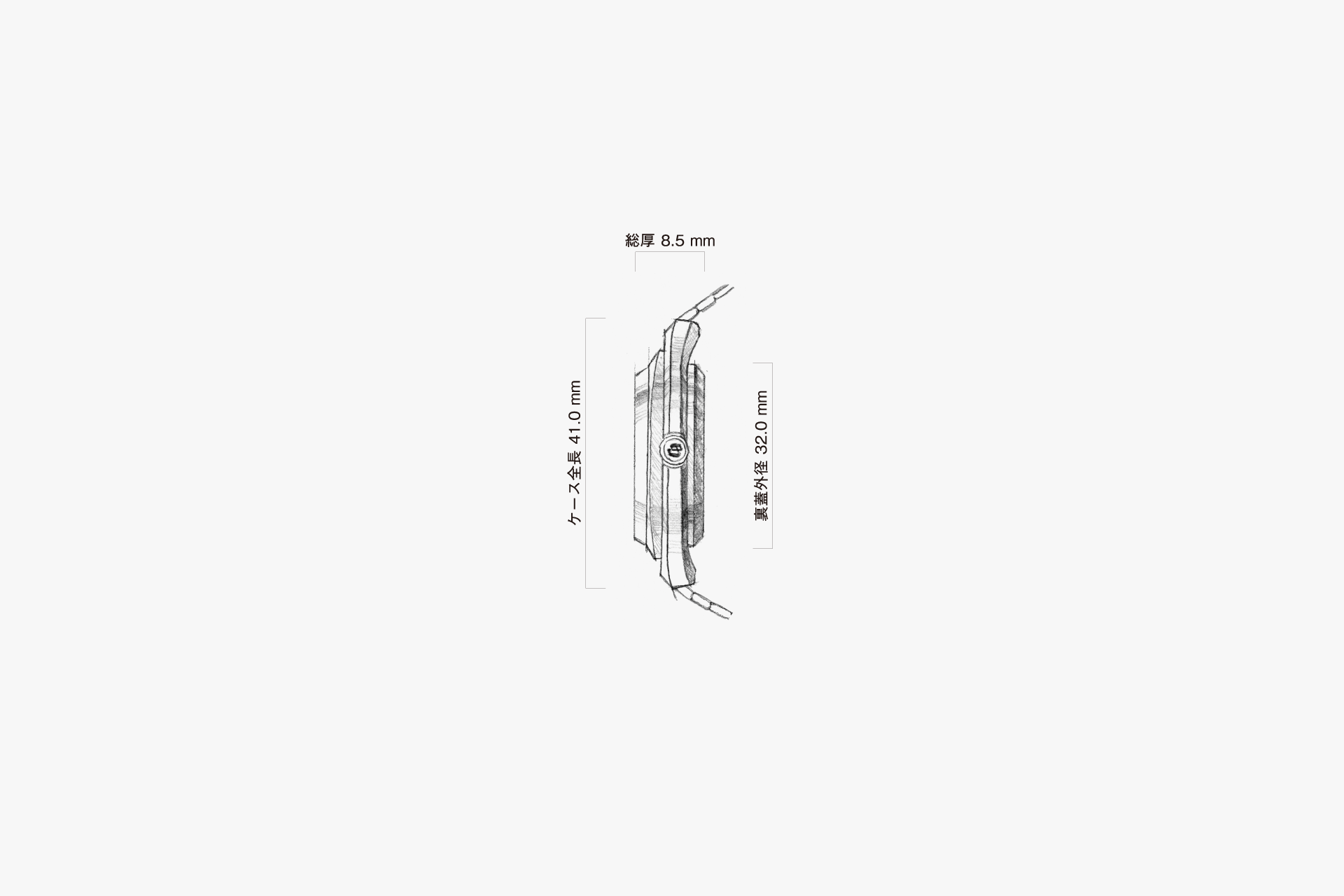
A clean side view that takes both thinness and wrist comfort into consideration.
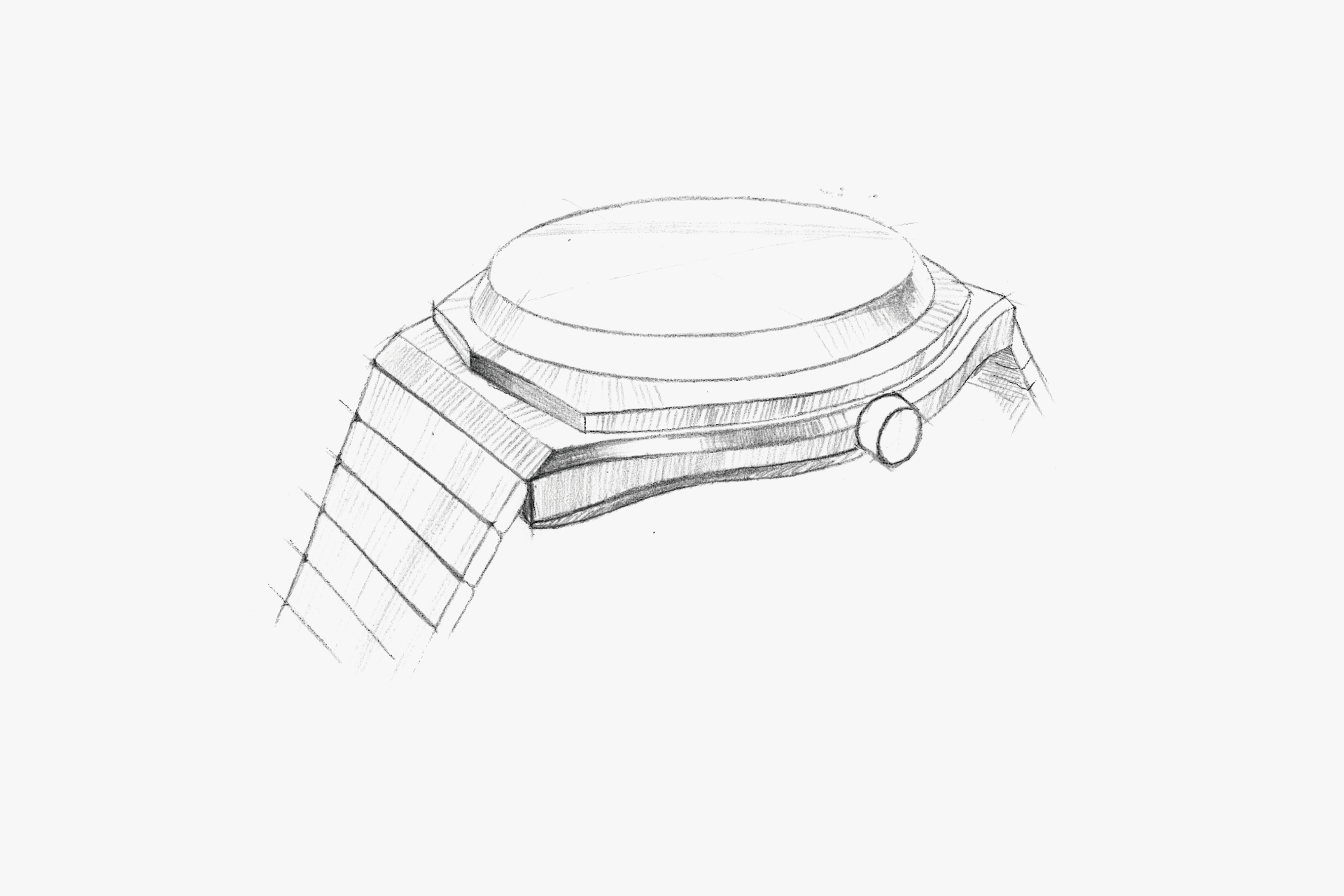
By positioning the band attachment point higher than usual and unifying the finish, the connection between the case and band feels seamless and comfortable.
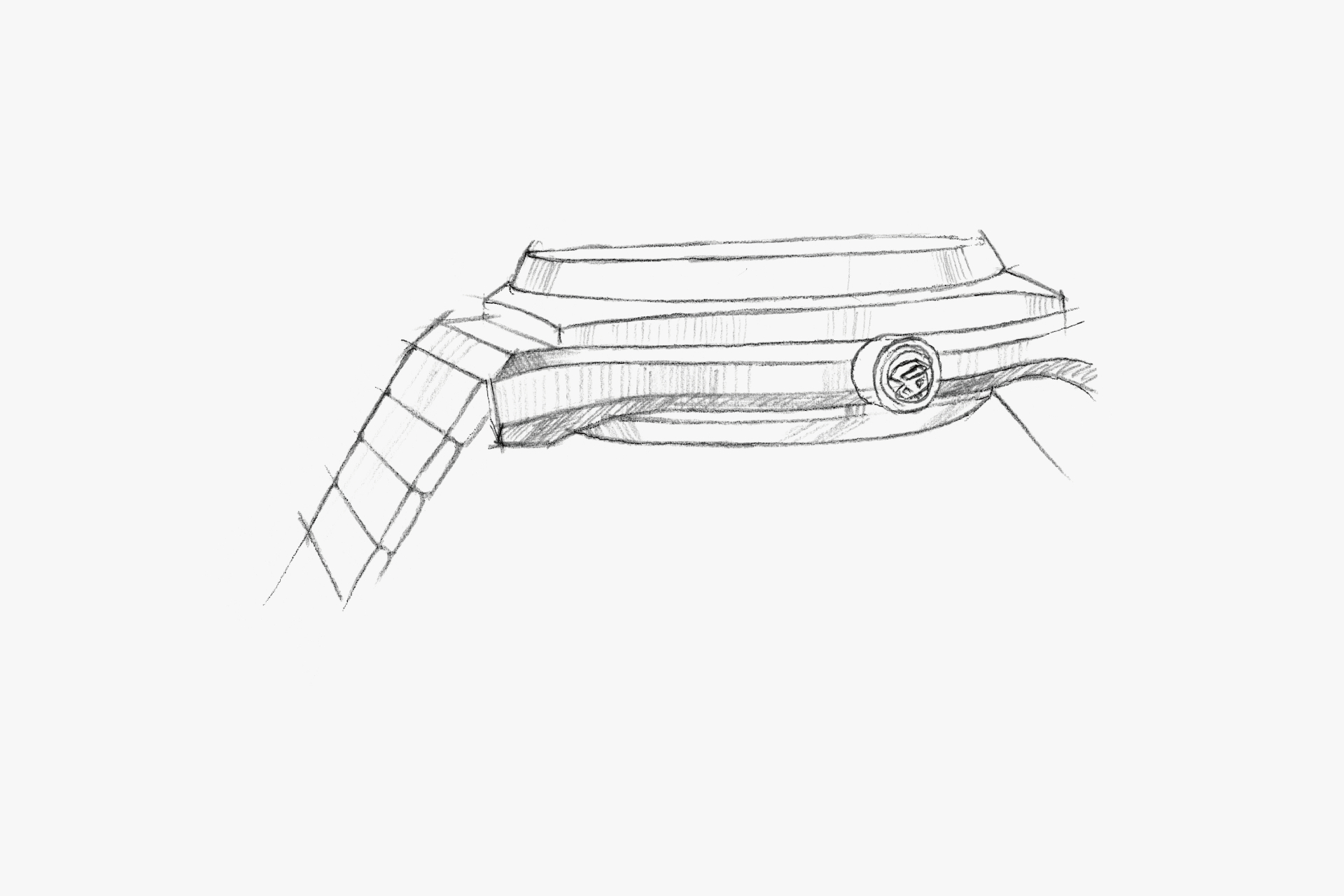
The lower line of the case is intentionally set lower, resulting in a design that enhances comfort on the wrist when worn.
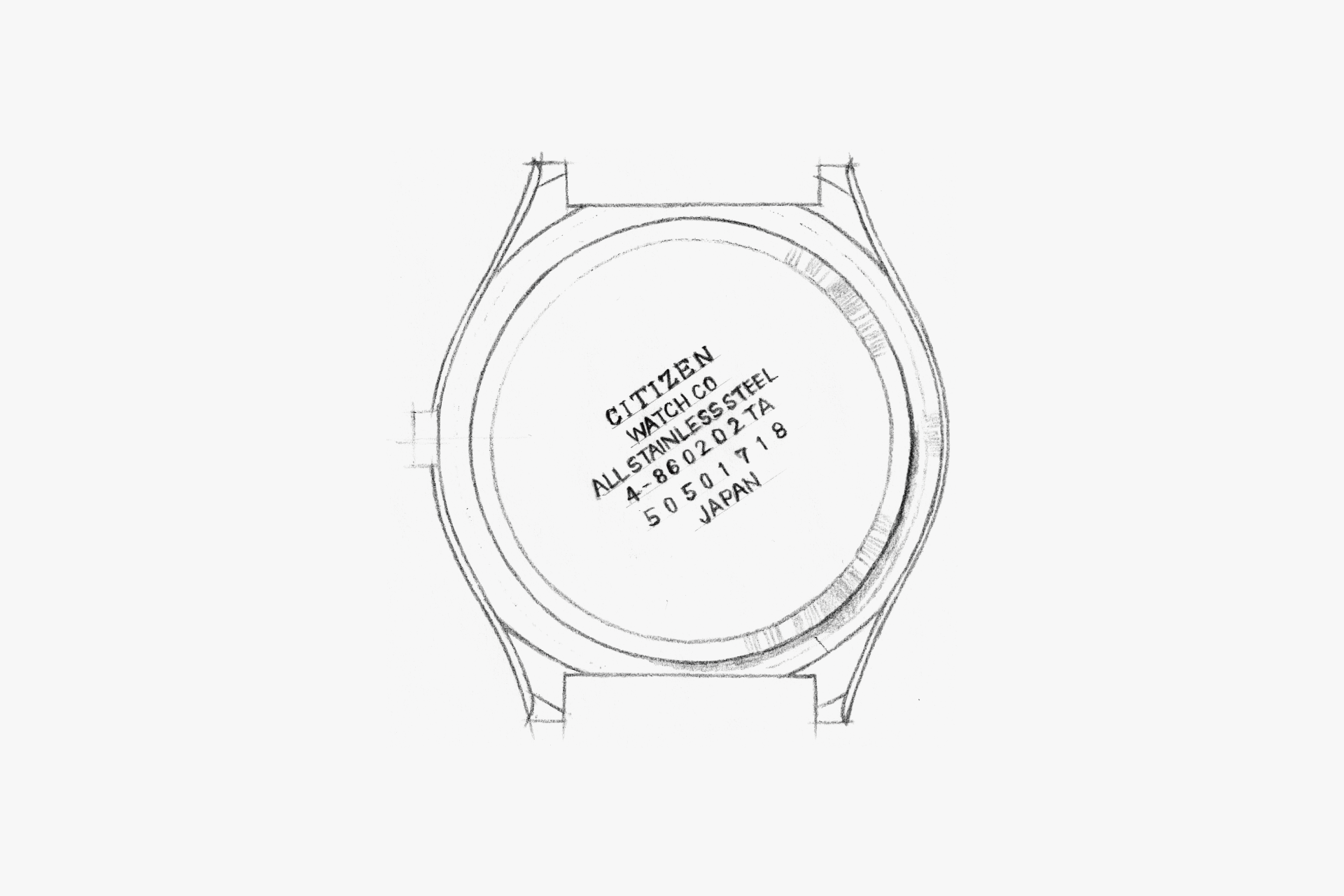
The engraving is intentionally placed at an angle.
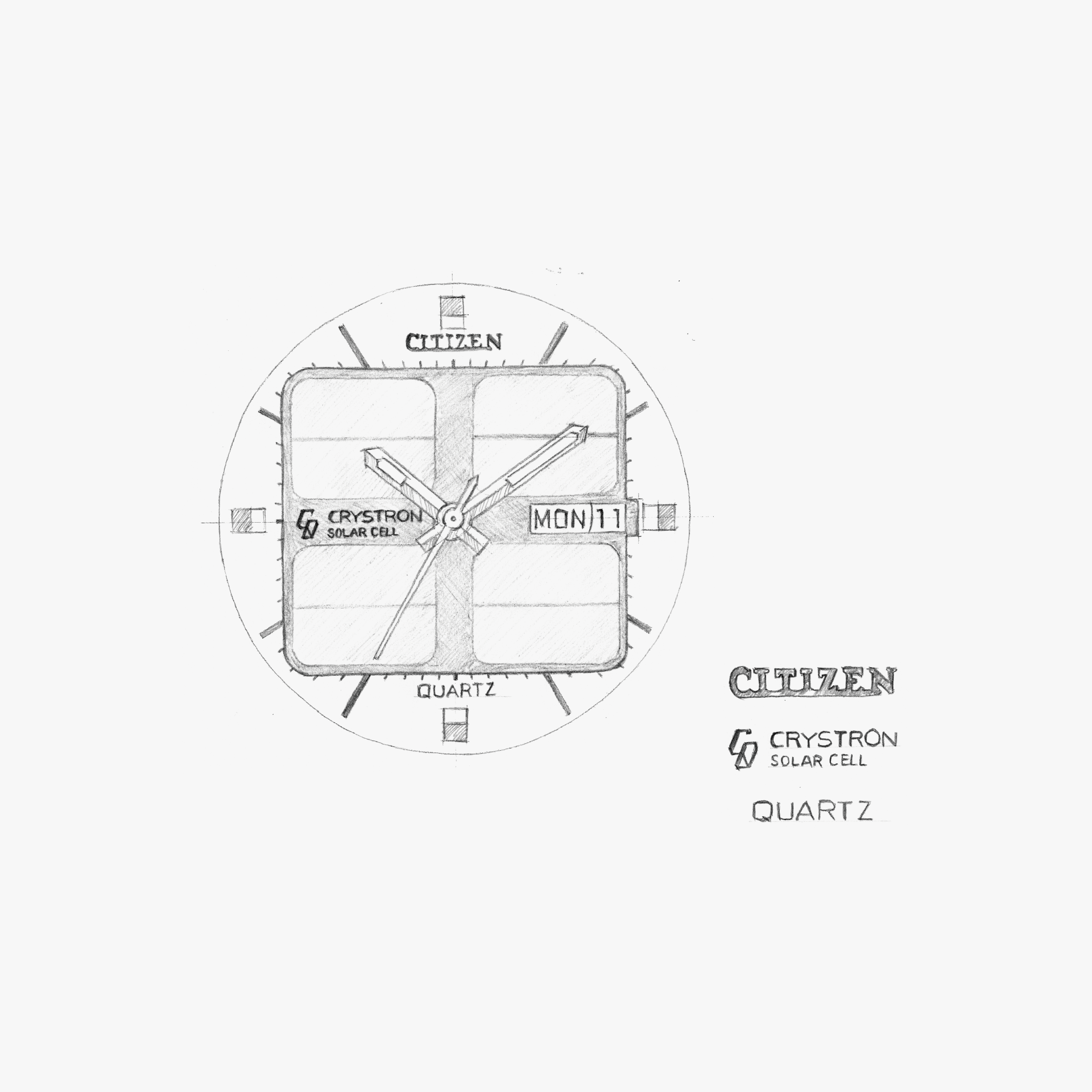
A striking dial that symbolizes the world’s first analog light-powered watch. By turning the technological limitation of not being able to hide the solar cell into an advantage, the design showcases the solar cell itself, giving it a timeless appeal.
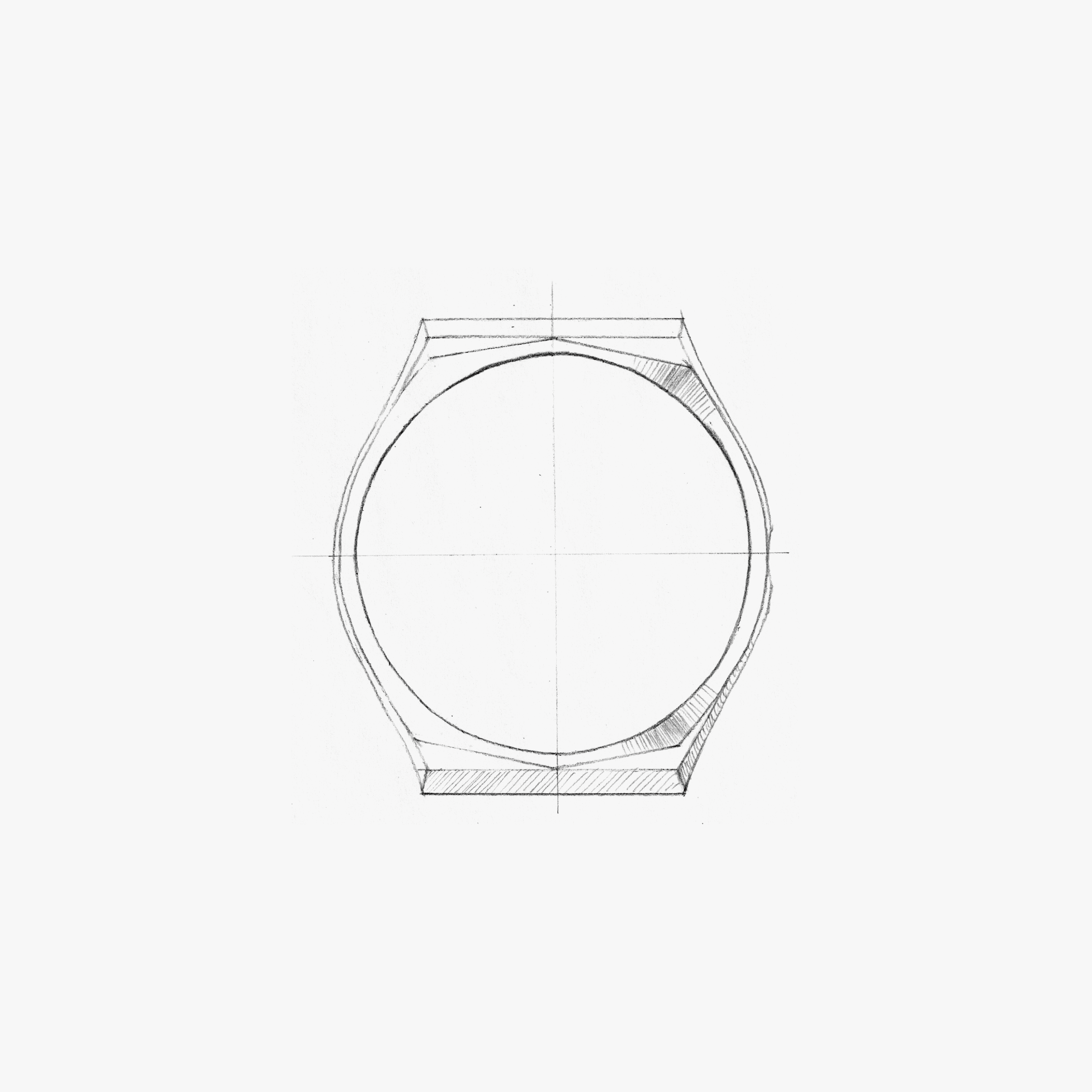
The unique bezel shape is accentuated by the finish, and a slight curve is added to the case silhouette to avoid a monotonous overall appearance.
ENGINEER'S EYE
The Beginning of Eco-Drive
It was the world’s first light-charged analog quartz watch. Eight monocrystalline silicon solar cells arranged on the dial charged a silver battery, enabling the watch to keep running for five years when used under light after a full charge.
Today, environmental issues are in the global spotlight, but CITIZEN recognized this early and commercialized this model in 1976, incorporating light-powered technology, one of the leading forms of clean energy. Since then, we have pursued technologies and products to eliminate the need for regular replacement of the battery, the energy source that powers the watch.
CITIZEN’s endless challenge with Eco-Drive began here.